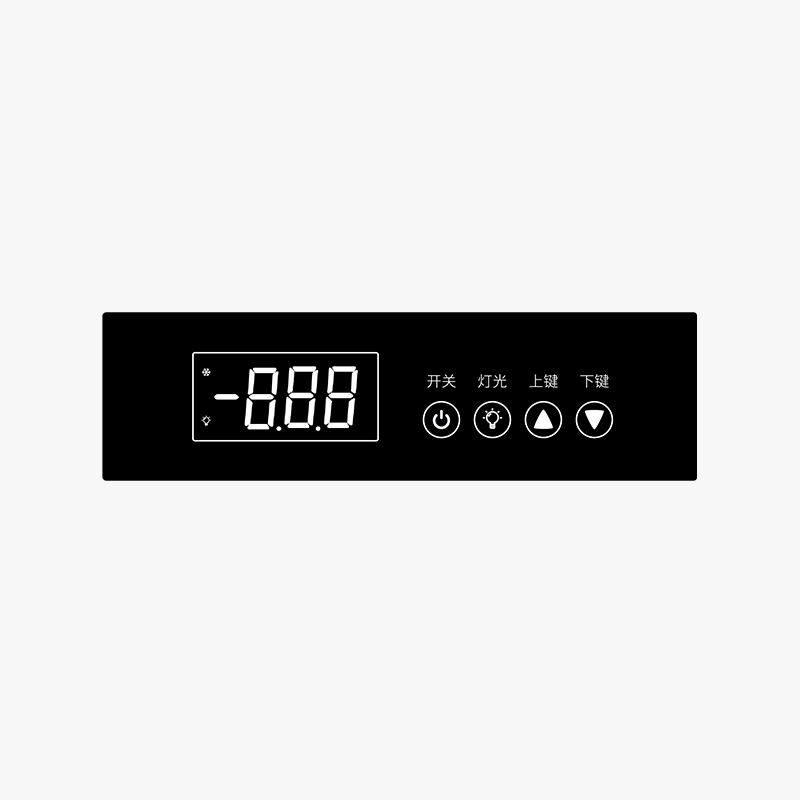Understanding the Science of Environmental Temperature Management
Temperature control represents a fundamental aspect of modern living and industrial processes, encompassing the precise regulation and maintenance of specific temperature conditions. This sophisticated system goes far beyond simply adjusting a thermostat – it involves complex mechanisms, sensors, and control units working in harmony to create optimal thermal environments. Whether in our homes, commercial buildings, or industrial facilities, temperature control plays a crucial role in comfort, safety, and operational efficiency.
Core Components of Temperature Control Systems
Sensors and Monitoring Devices
At the heart of any temperature control system lies an array of sophisticated sensors and monitoring devices. These components continuously measure ambient temperatures and relay data to control units. Modern temperature sensors utilize various technologies, from simple thermistors to advanced infrared sensors, ensuring precise readings across different applications. The accuracy of these sensors directly impacts the system's ability to maintain desired temperature levels effectively.
Control Units and Processing Systems
Control units serve as the brain of temperature control systems, processing input from sensors and determining necessary adjustments. These sophisticated devices employ complex algorithms to analyze temperature data and initiate appropriate responses. Modern control units often feature programmable interfaces, allowing users to set specific temperature parameters, schedules, and operational modes. The integration of smart technology has further enhanced their capabilities, enabling remote monitoring and adjustment through mobile devices.
Output Mechanisms and Actuators
The final component in the temperature control chain involves the actual mechanisms that effect temperature changes. These include heating elements, cooling systems, ventilation controls, and various actuators. The precision and reliability of these components ensure that the system can respond quickly and accurately to maintain desired temperature levels. Advanced systems may incorporate multiple stages of heating or cooling, allowing for more efficient and gradual temperature adjustments.

Applications Across Different Industries
Residential Temperature Management
In residential settings, temperature control systems provide comfort and energy efficiency. Modern smart thermostats learn household patterns and automatically adjust settings to optimize both comfort and energy consumption. These systems can maintain different temperature zones within a home, accounting for varying needs in different rooms or levels. The integration of humidity control and air quality monitoring further enhances the living environment.
Industrial Process Control
Industrial applications demand precise temperature control for manufacturing processes, chemical reactions, and material storage. These systems must maintain exact temperatures often within fractions of a degree to ensure product quality and safety. In pharmaceutical manufacturing, for instance, temperature control systems protect sensitive materials and ensure consistent product quality. Food processing facilities rely on temperature control to maintain food safety standards and prevent spoilage.
Commercial Building Management
Commercial buildings present unique challenges in temperature control, requiring systems that can manage large spaces with varying occupancy levels and different thermal zones. Modern building management systems integrate temperature control with other environmental factors, creating comfortable and productive workspaces while optimizing energy usage. These systems often incorporate predictive capabilities, adjusting temperatures based on expected occupancy patterns and external weather conditions.
Advanced Features and Technology Integration
Smart Technology and IoT Integration
The evolution of temperature control systems has been dramatically influenced by smart technology and the Internet of Things (IoT). Modern systems can now communicate with other building systems, analyze historical data, and make predictive adjustments. IoT sensors provide real-time monitoring and allow for immediate response to temperature fluctuations. This connectivity enables better energy management and more precise control over thermal conditions.
Energy Efficiency and Sustainability
Contemporary temperature control systems emphasize energy efficiency and environmental sustainability. Advanced algorithms optimize system operation to minimize energy consumption while maintaining desired temperatures. Features like adaptive recovery, which calculates the optimal time to begin heating or cooling to reach target temperatures, help reduce energy waste. These systems often incorporate renewable energy sources and smart grid integration for more sustainable operation.
Maintenance and Optimization
Regular System Monitoring
Effective temperature control requires consistent monitoring and maintenance of system components. Regular calibration of sensors, inspection of mechanical parts, and software updates ensure optimal performance. Preventive maintenance schedules help identify potential issues before they affect system operation. Modern systems often include self-diagnostic capabilities that alert operators to maintenance needs or potential problems.
Performance Analysis and Improvement
Continuous analysis of system performance helps identify opportunities for optimization. Data analytics tools can track patterns in temperature variations, energy usage, and system response times. This information enables operators to fine-tune settings and improve overall efficiency. Regular performance reviews also help in planning system upgrades and modifications to meet changing requirements.
Frequently Asked Questions
How does temperature control impact energy consumption?
Temperature control systems significantly influence energy consumption by regulating heating and cooling operations. Efficient systems can reduce energy usage by 20-30% through features like programmable schedules, zone control, and smart adaptation to environmental conditions.
What are the benefits of smart temperature control systems?
Smart temperature control systems offer numerous advantages, including automated adjustment based on occupancy patterns, remote control capabilities, integration with other smart home systems, and detailed energy usage analytics for optimization.
How often should temperature control systems be maintained?
Professional maintenance should be performed at least twice annually, with more frequent checks for industrial systems. Regular maintenance includes sensor calibration, component inspection, filter replacement, and software updates to ensure optimal performance and efficiency.

